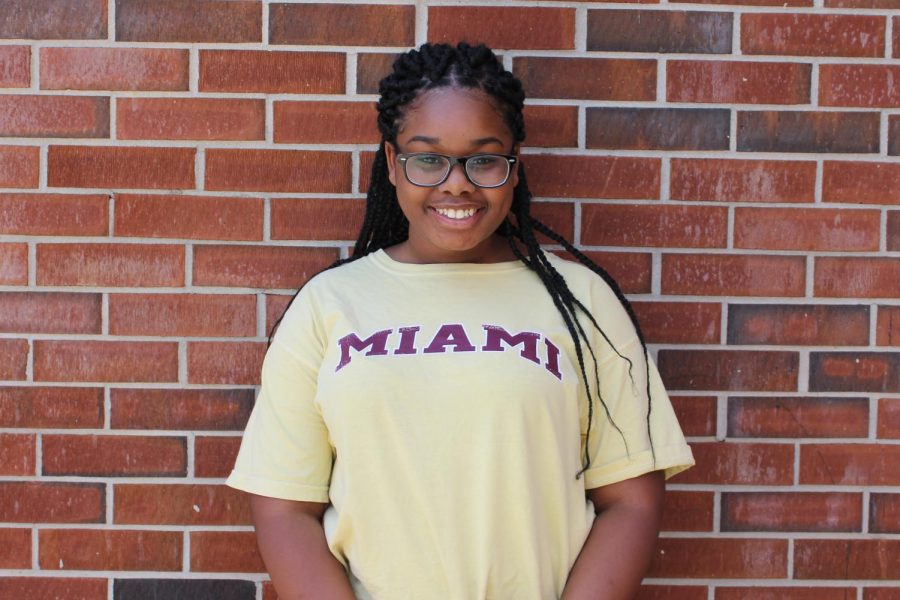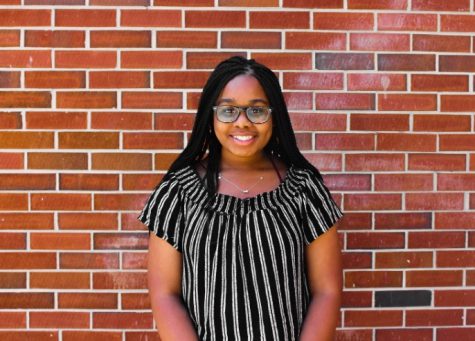Why sports teams should steer clear of racist mascots
May 17, 2019
As a favored American pastime, sports entertain those of all ages, unifying families and creating friendships. Sports fans recognize their favorite mascots as markers of their team’s accomplishments, and high schools continue to take after these college and national team figures. However, these mascots repeatedly mock ethnic and racial groups.
The controversial mascot at Coachella Valley High School in California depicted their mascot as an Arab man. Their stereotypical portrayal of the Arab community prompted national attention.
“Other school buildings are covered in murals that have been called stereotypical, including a lamp and a book that looks like a flying carpet. These images drew the attention of the American-Arab Anti- Discrimination Committee, a civil rights group in Washington, D.C. Last November, the group sent a letter accusing the district of ‘orientalist stereotyping,’ thrusting the school into a national media spotlight,” reporter for USA Today Brett Kelman said.
Besides the use of ethnic groups as mascots at a high school level, racism extends of higher capacity at the professional level. The Cleveland Indians, use Chief Wahoo as their mascot, himself a caricature of the red-skinned Native American. This depiction alludes to the racial slur which Native Americans find offensive.
“I do think that Native American mascots are offensive. I may not be Native American myself, but these mascots have a racist history and are made to make fun of Native Americans. All it takes [to lessen controversy] is to remove them,” NC Magnet junior Kobe Lester said.
The ridicule that Native Americans face through constant use of racial slurs and slander leads to emotional issues, including lower self-esteem soon developing.
“The use of American Indian mascots as symbols in schools and university athletic programs is particularly troubling because schools are places of learning. These mascots are teaching stereotypical, misleading and too often, insulting images of American Indians. These negative lessons are not just affecting American Indian students; they are sending the wrong message to all students,” former American Psychological Association (APA) President Ronald F. Levant said.
Sports teams boast Native American mascots as figures of strength, while those of Native American descent faced hardships like cultural genocide and forced assimilation.
“Gover (Director of the National Museum of the American Indian) offers an alternative definition that he’s heard for that word. ‘Heritage,’ he says, ‘is history with all the bad parts taken out.’ Excise genocide, betrayal[,] and broken treaties; substitute pride, nobility[,] and endurance. ‘It doesn’t feel like an honor when you do not confront the truth of the people you claim to be honoring,’ Gover says. They never honor the Native American truth. They are honoring their own notion of heritage, their own non-Indian version of history,” USA Today reporter Erik Brady said.
The argument that sports teams use ethnic groups to honor their culture remains invalid as the offensive depiction of these cultures proves otherwise. Despite the supposed history surrounding mascots, the traditions of using offensive mascots exist as unnecessary.







